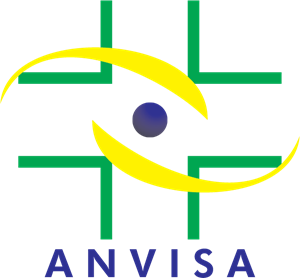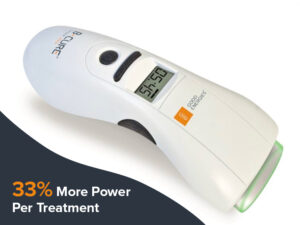Temporo-Mandibular Joint Disorder
Statistics show that up to five percent of the population will suffer from pain in the jaw joint during their lifetime.
The Temporo-Mandibular joints connect the jawbone (the mandible) and the skull (the temporal bone). The joint enables opening and closing of the jaw which seems so trivial yet is vitally important for the basic functions of speech and eating.
Reasons and Factors for Appearance of Pain in the Jaw Muscles
There are many reasons and factors that may cause pain in the jaw muscles, some are emotional, such as stress and anxiety and some are physical such as injuries and physical trauma, e.g. a car accident that resulted in injury and dislocation of the joint, long, deep continuous yawns, teeth grinding during sleep, long dental sessions that require the patient to remain in a wide open-mouthed position for a long time.
Most of the studies found that the main reasons for pain in the jaw muscle are para-functional (incorrect and overuse of the joint), caused mainly from teeth grinding (bruxism) and clenching of the jaw.
Frequent clenching and grinding of the teeth can cause chronic pain in the jaw, headaches, and pain in the facial muscles. This phenomenon is known as TMD – Temporo-Mandibular Disorder, and TMJ – Temporo-Mandibular Joint Syndrome.
What are the Symptoms?
Pain in the jaw, alongside facial pain, ear pain, and headaches, can also lead to pain in the joint itself.
How Can this be Treated?
Treatment of this disorder will usually include a combination of several options. Medication, physical therapy, a dental brace and nutritional changes as in eating softer foods and refraining from foods that put pressure on the joint such as chewing gum.
Level- level laser therapy (also known as cold laser therapy) is an alternative treatment that has proved effective in patients with chronic TMD – Temporo-Mandibular Disorder, and TMJ – Temporo-Mandibular Joint Syndrome.
How Does it Work?
LLLT uses light therapy at a cellular level.
Laser therapy promotes blood circulation, thus increasing oxygen, glucose, and various nutrients to the affected muscles. It stimulates the body’s own healing process and speeds up recovery time.
The protons stimulate collagen production, enabling ligaments and tissues to grow stronger and faster.
The laser reduces free radicals and reduces oxidation stress.
B-Cure Laser increases cell metabolism and provides an efficient treatment of pain for the jaw joint (TMJ):
This has been proven by research and two clinical studies in Italy demonstrated the efficacy of B-Cure Laser for treatment of this disorder.
A clinical study with 90 subjects carried out in Sapienza University of Rome, revealed that the efficacy of B-Cure Laser is identical to that of treatment with standard medication for pain reduction in the TMJ.
This information is particularly important because there are no side effects in treatment with B-Cure Laser as this is a non-invasive and safe method of treatment.
Https://www.ncbi.nlm.nih.gov/pubmed/30999823
Another study carried out in November 2014, in Parma University in Italy, proved that treatment of pain in the TMJ with B-Cure Laser was effective in significantly reducing the intensity level of pain by over 50%, in only two weeks of daily home treatment, while the placebo group showed only an 8% reduction.
Https://www.ncbi.nlm.nih.gov/pmc/articles/PMC4416145
What are the benefits of B-Cure Laser?
- May reduce chronic pain
- Non-invasive and non-surgical treatment
- Suitable for all ages
- No known side effects
- Clinically proven by many studies
- Easy and safe for home use
Place the device along the jaw joint, next to the ear for 8 minutes.
Upon concluding the treatment set the device for an addition 8 minutes and place it over the width of the jaw. The mouth should be slightly open during treatment to enable opening the joint and increasing the efficacy of the beam penetration.





